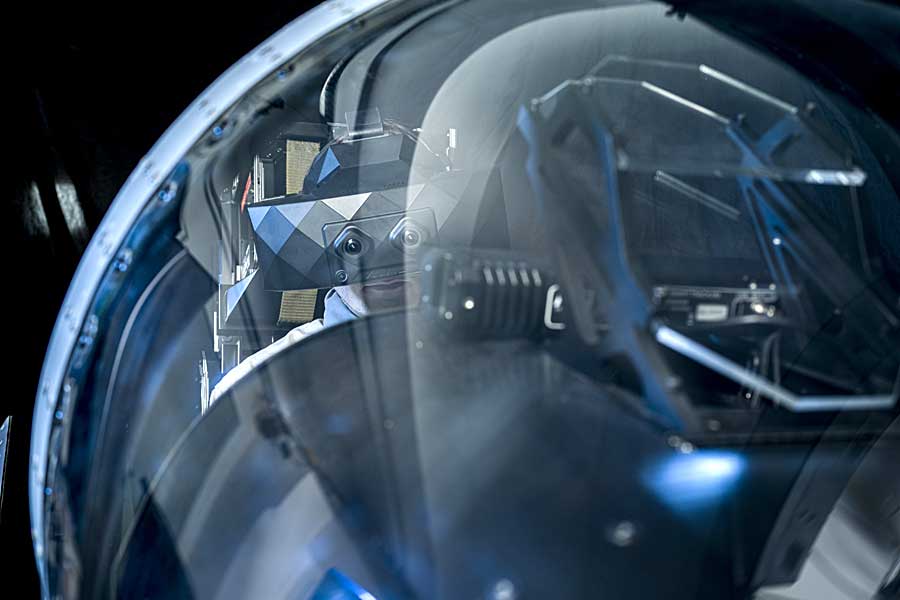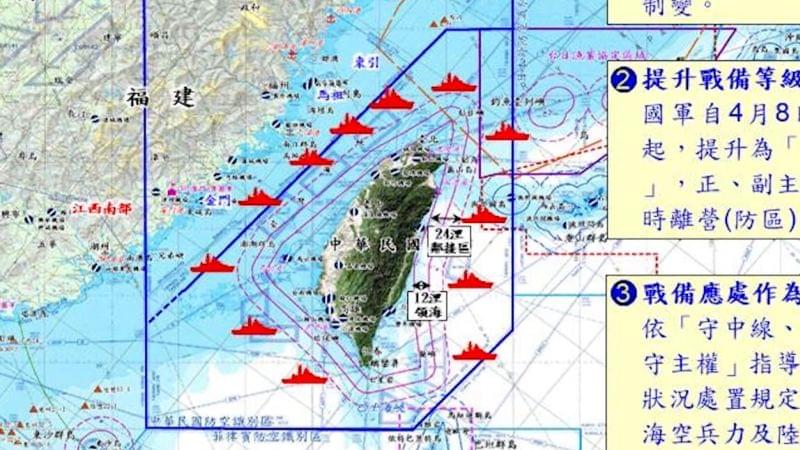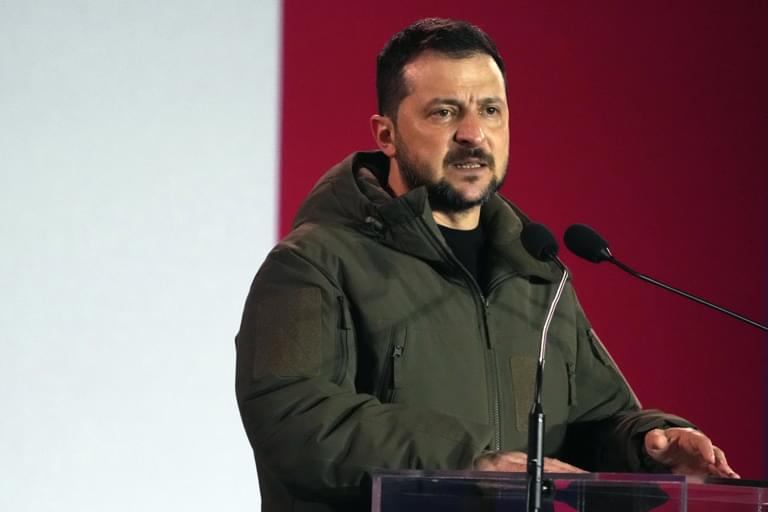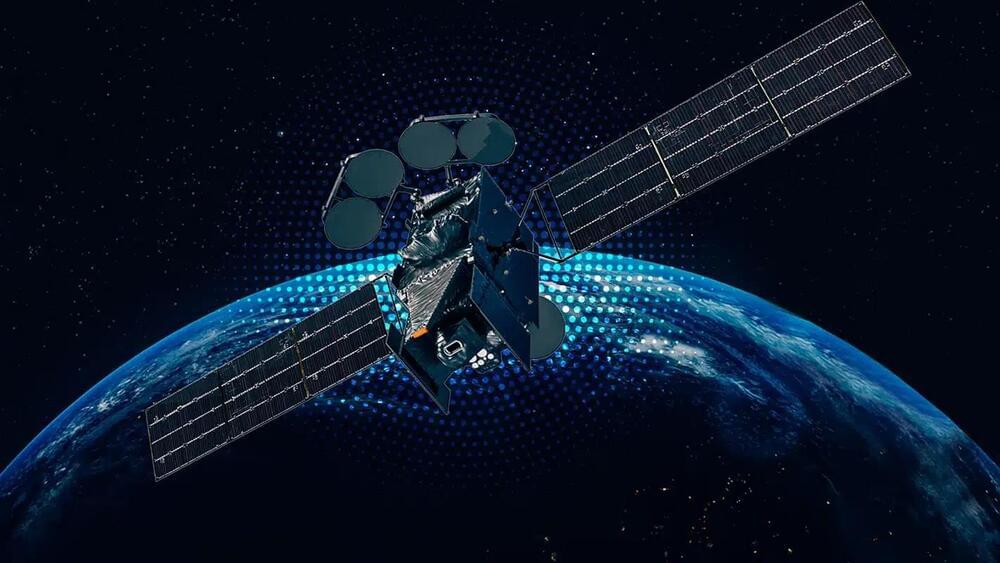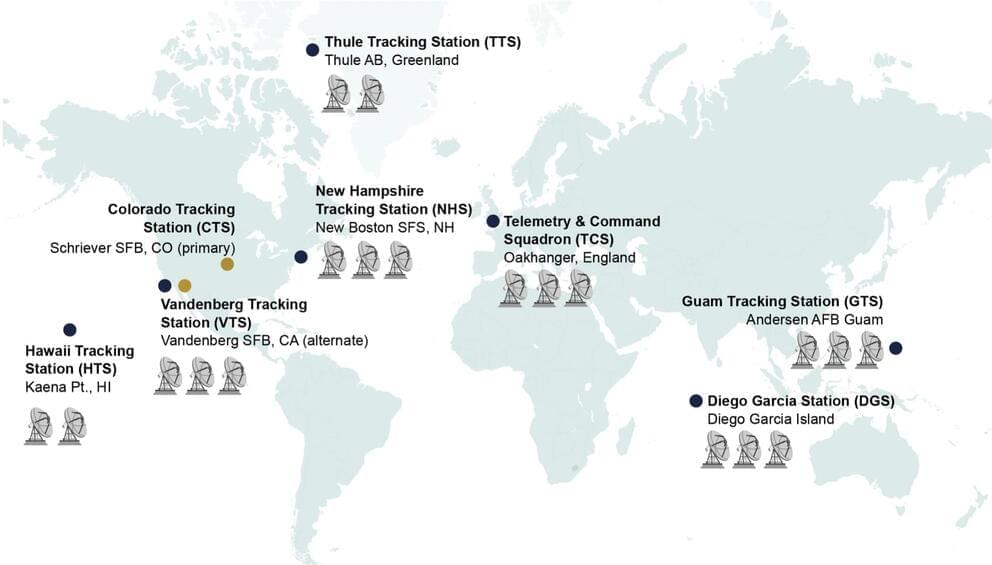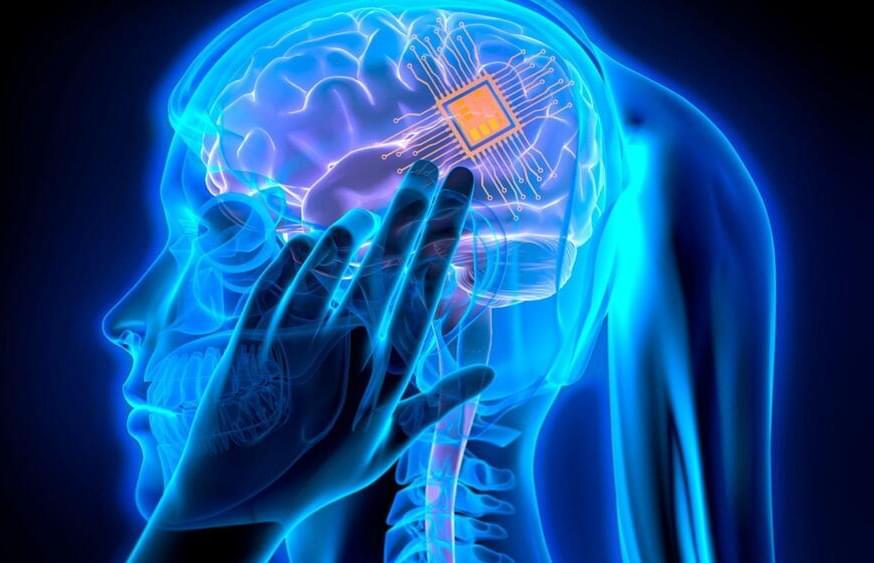Chinese hackers could also attack the networks of companies that provide services to the military or to critical infrastructure operators, holding their systems hostage for ransom payments.
“If you get the right supply chain, it can have a lot of effects against a lot of targets,” said John Hultquist, head of Mandiant Intelligence Analysis at Google Cloud.
China is viewed as one of the most dangerous nations in cyberspace, and its cyber espionage operations are among some of the U.S. government’s top cyber-related investigations. FBI Director Christopher Wray said in 2020 that his agency opens a new investigation into a Chinese counterintelligence effort every 10 hours, and half of the FBI’s counterintelligence investigations are related to China. And the intelligence community’s threats assessments have long warned that China is “almost certainly capable” of launching disruptive and destructive cyberattacks.
